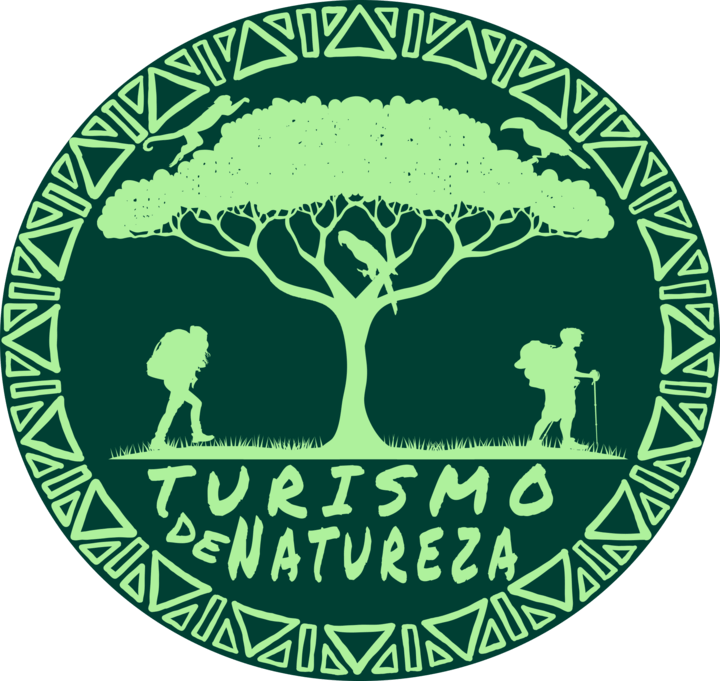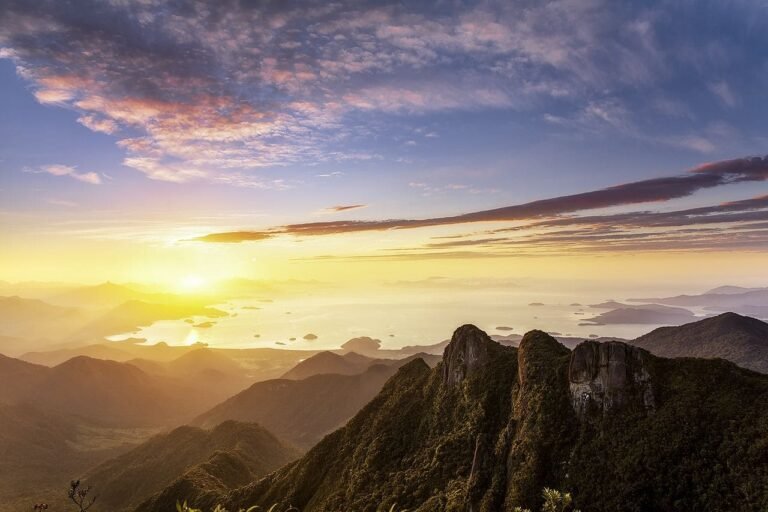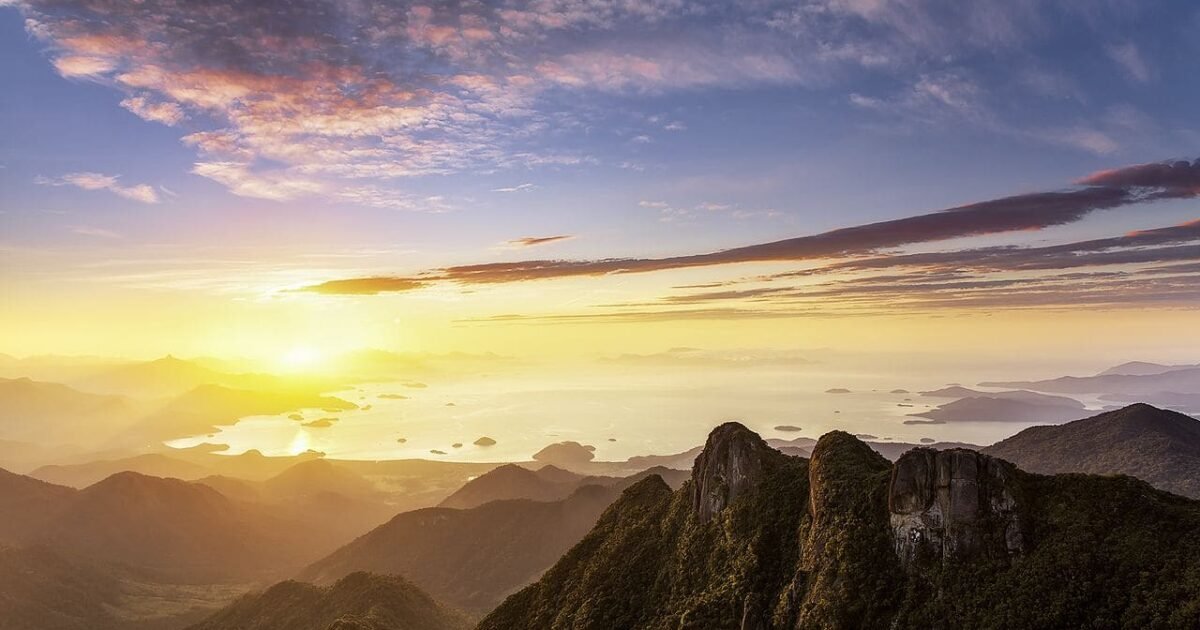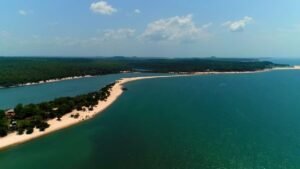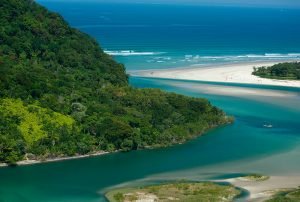Discover 27 interesting facts about the Atlantic Forest, this important Brazilian biome that covers a vast region of the country’s coast. In addition to providing essential natural resources for productive activities, such as water, wood and raw materials for medicines and food, the Atlantic Forest is an area of great biodiversity, with many endemic species, which help maintain the national ecological and environmental balance.
The Atlantic Forest also plays a fundamental role in Brazilian climate regulation, enabling the formation of humidity and rainfall necessary for various human activities. However, this biome is threatened by human action and it is necessary to adopt effective measures for its preservation and recovery.
Discover 27 Curiosities about the Atlantic Forest
1 – Geographic Occupation in the States

The Atlantic Forest covers around 13% of the Brazilian territory and previously extended along a coastal zone that ran from Piauí to Rio Grande do Sul.
The Atlantic Forest is present in 17 Brazilian states, namely: Alagoas, Bahia, Ceará, Espírito Santo, Goiás, Minas Gerais, Mato Grosso do Sul, Paraíba, Paraná, Pernambuco, Rio de Janeiro, Rio Grande do Norte, Rio Grande do South, Santa Catarina, São Paulo, Sergipe and Tocantins.
2 – Una Biological Reserve
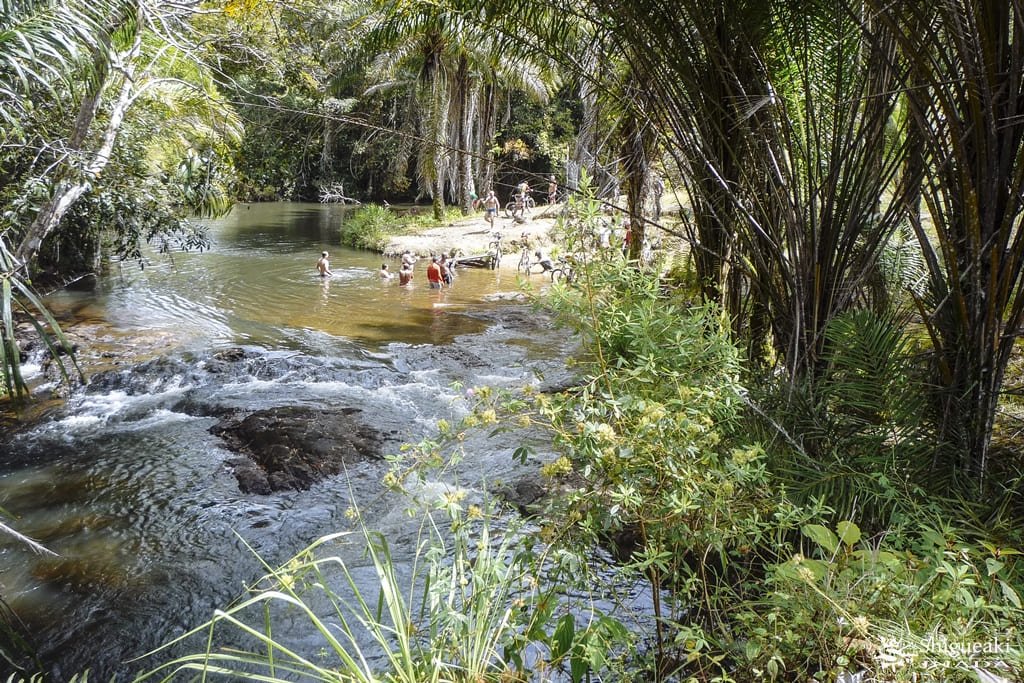
The Una Biological Reserve region, in southern Bahia, is home to the greatest diversity of trees in the world, with 450 different species in a single hectare of forest.
3 – Itatiaia National Park
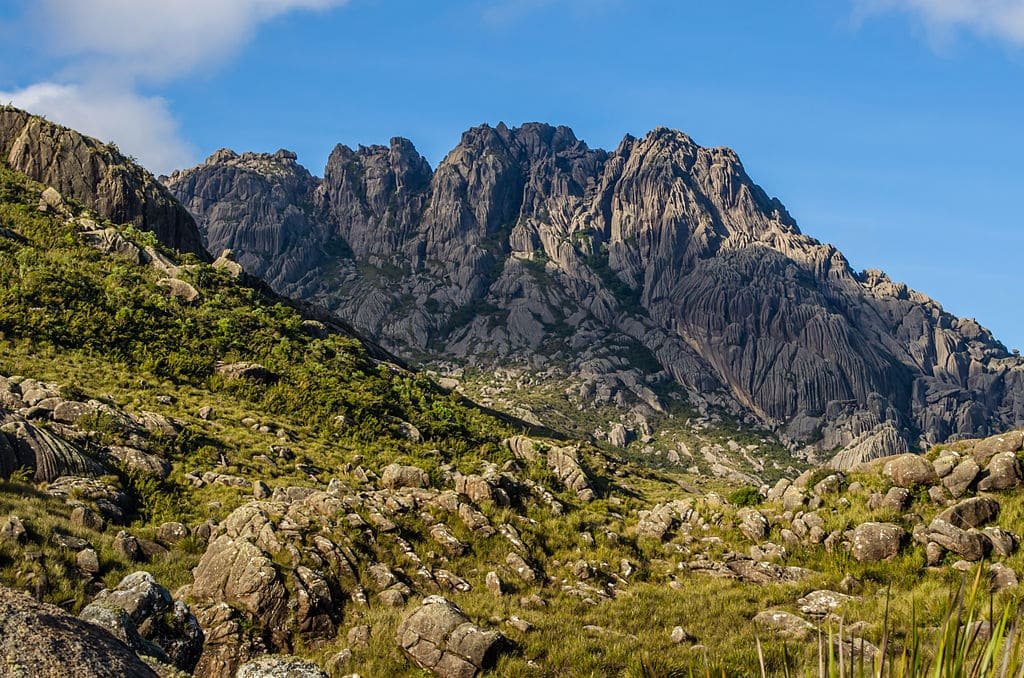
The first Brazilian national park, Itatiaia National Park, was created in an area of the Atlantic Forest, on June 14, 1937. The park is home to 360 species of birds and 67 species of mammals.
4 – Train Ride from Curitiba to Morretes
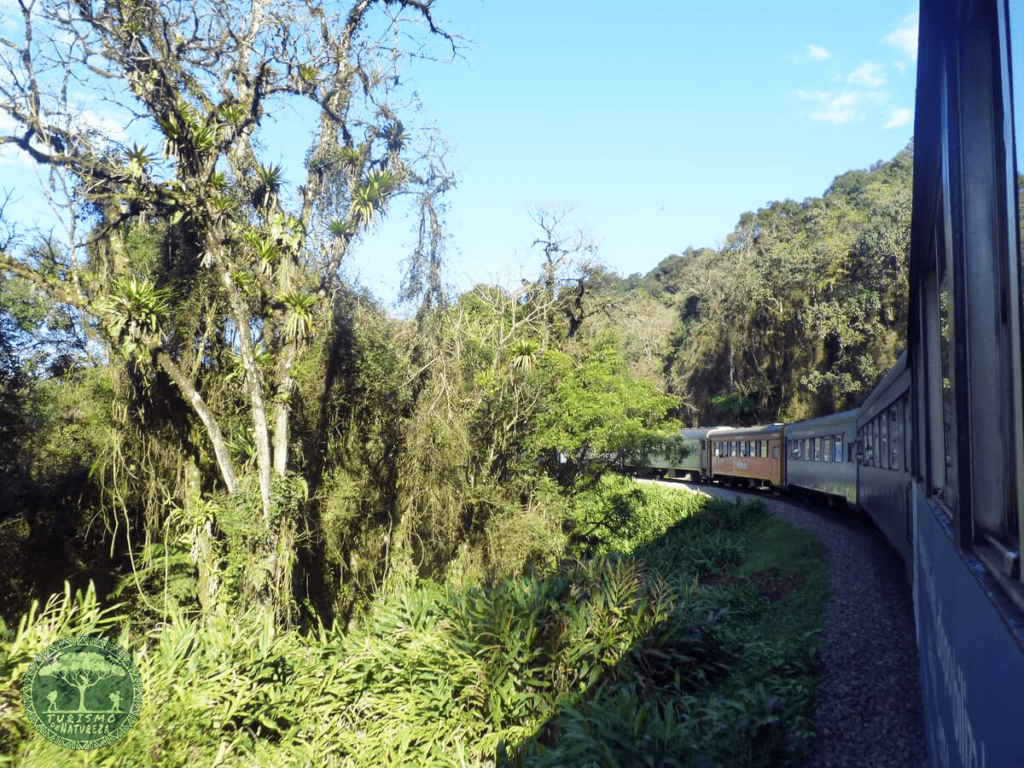
The most beautiful train ride in Brazil is the one from Curitiba to Morretes through the Serra do Mar Paranaense in the Atlantic Forest, which is also one of the 10 best train rides in the world.
5 – Pedra da Gávea (Gávea Stone)

Pedra da Gávea in Rio de Janeiro, known as the emperor’s head, is the largest seaside monolithic block in the world, 2762ft (842 m) above the sea.
6 – Serra da Bocaina National Park
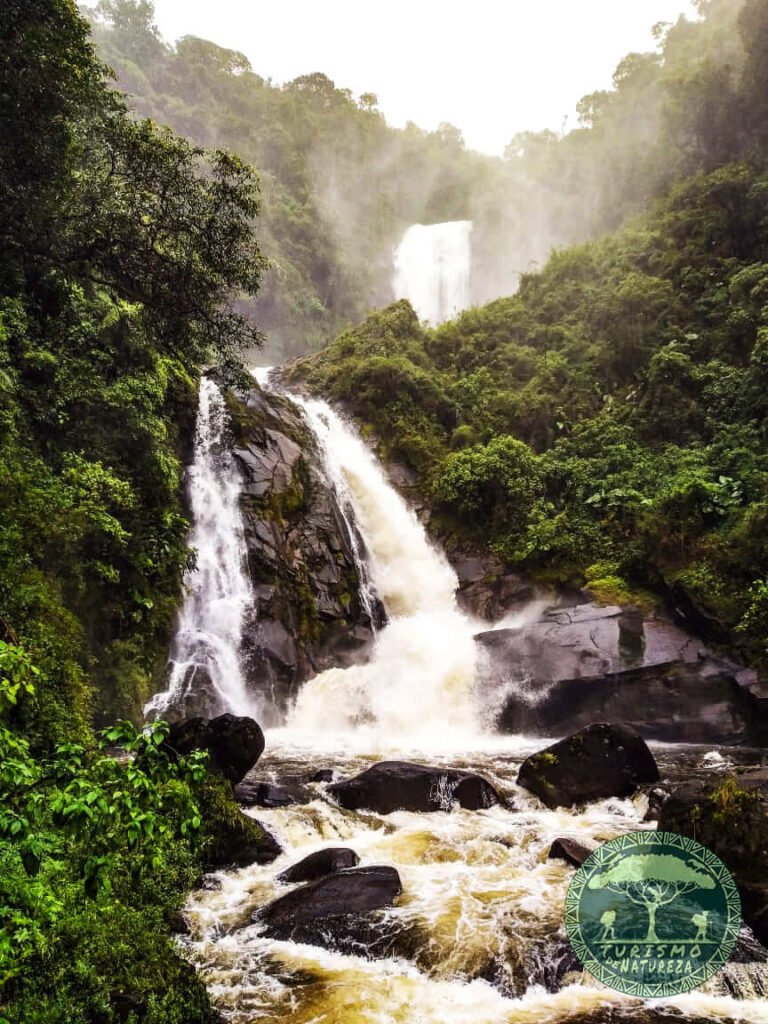
The Serra da Bocaina National Park, due to its size and great variation in altitude, presents varied landscapes and several natural attractions, in addition to the richness of flora and fauna, typical of the Atlantic Forest. It is recognized as a Cultural and World Heritage Site by UNESCO.
The Trilha do Ouro Crossing is the most famous crossing in the Serra da Bocaina National Park.
7 – Fauna and Flora
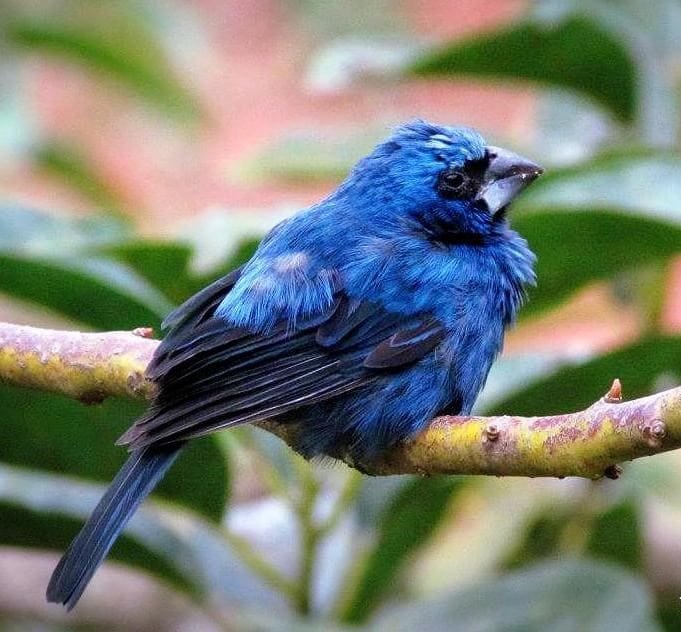
Around 20 thousand species of plants and 2 thousand species of animals live in the Atlantic Forest (not counting insects and arachnids).
8 – Indian people

Many indigenous peoples still inhabit the Atlantic Forest region, such as Kaingang, Terena, Potiguara, Kadiweu, Pataxó, Krenak, Guarani, Caiová and Tupiniquim.
9 – Proteção
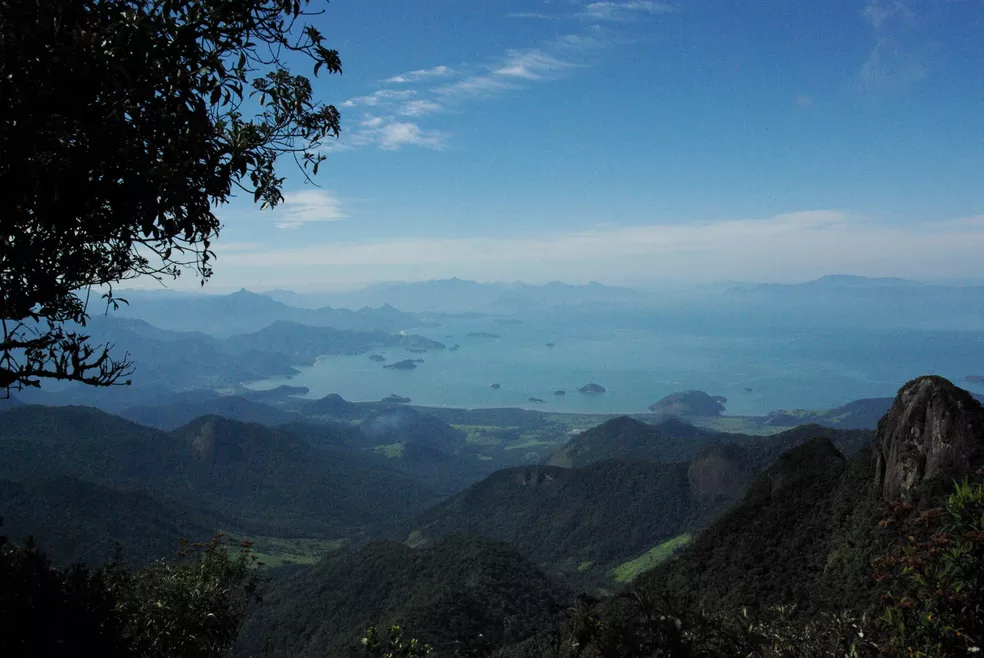
The vegetation of the Atlantic Forest is also responsible for protecting slopes against erosion and landslides.
10 – Trianon Park
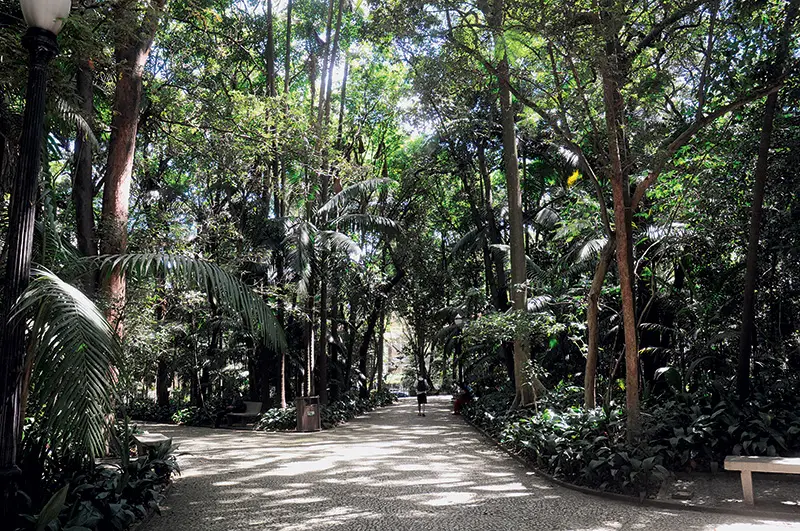
In the middle of Avenida Paulista, one of the busiest avenues in the world, there is still a stretch of native Atlantic Forest, Trianon Park.
11 – Logging

The Atlantic Forest once covered around 12% of the national territory. Today, only around 7% of the original forest cover remains.
12 – Casa de Pedra Cave (Caverna Gruta da Casa de Pedra)
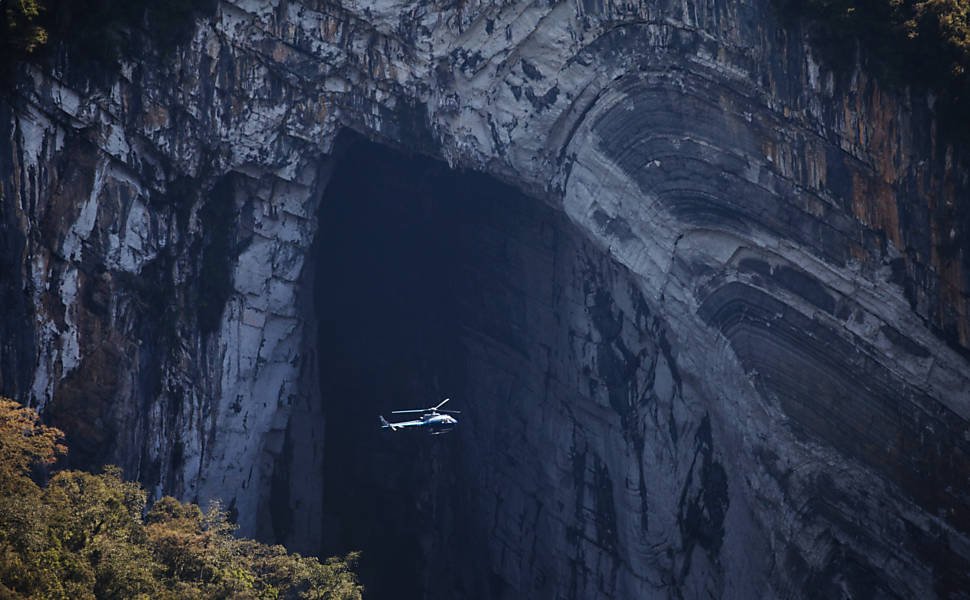
The Casa de Pedra Cave, located in the Alto Ribeira State Tourist Park (PETAR) in São Paulo, has a portal approximately 216 meters high, being considered the cave with the largest portico in the world, according to the Guinness Book.
13 – Watersheds

The Atlantic Forest is home to seven of Brazil’s nine largest river basins. Some of these basins include: Paraná, Uruguai, Paraíba do Sul, Doce, Jequitinhonha and São Francisco.
14 – Hotspot
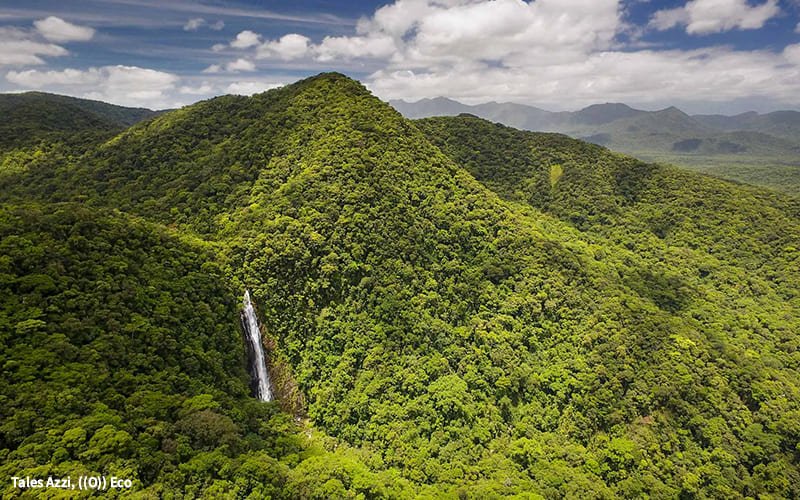
The Atlantic Forest is a region of the planet considered a hotspot, which means that it is a place of great biological diversity, but which faces serious threats.
15 – Population Occupation
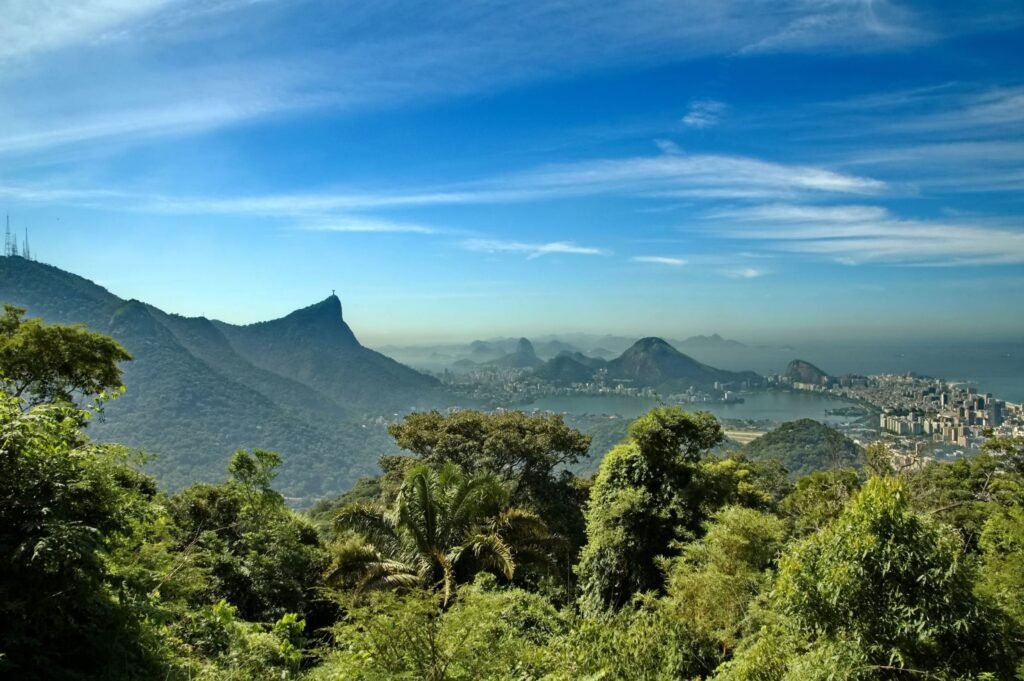
According to information from IBGE (Brazilian Institute of Geography and Statistics), around 72% of the Brazilian population resides in the Atlantic Forest region.
16 – Cardoso Island

Cardoso Island, located in the Atlantic Forest, has been a natural and historical-cultural heritage of humanity by UNESCO since 1962. With 90% of its area covered by preserved forest, it offers nature tourism, as well as tours through the ruins of the colonial period and archaeological sites.
17 – Golden lion tamarin

The Golden lion tamarino, symbol of the Atlantic Forest. The species almost became extinct in the 1980s, but initiatives such as the reintroduction of individuals bred in captivity allowed the species to survive.
18 – Mate herb
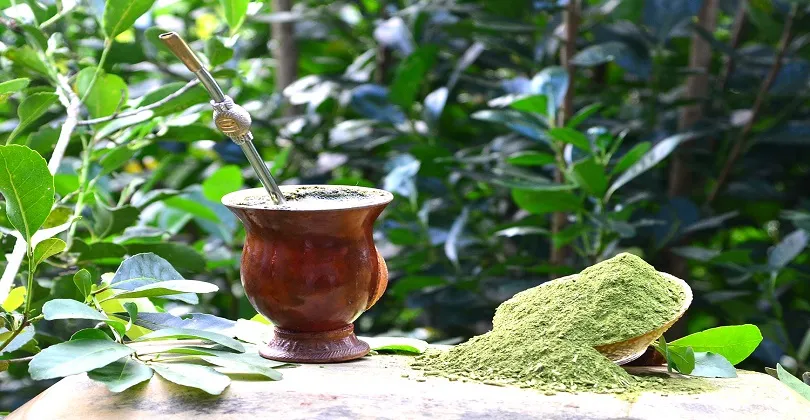
Yerba mate is a product of the Atlantic Forest that employs around 700 thousand people, directly and indirectly, and is produced mainly in Rio Grande do Sul. With 95% of national production concentrated in the state, yerba mate production is responsible for involving more than 166 thousand rural properties in the country.
19 – Morro da Vargem Zen Monastery

The Morro da Vargem Zen Monastery is the first Zen-Buddhist monastery in Latin America, located in Ibiraçu, Espírito Santo. It is the largest monastery in the region and covers an area of 150 hectares, with 140 hectares dedicated to the preservation and reforestation of the Atlantic Forest. The entrance to the monastery has a statue of the Great Buddha of Ibiraçu, the second largest in the world. Visitors can follow trails through the Atlantic Forest during their visit, as the monastery is located in a reserve in this forest.
20 – Mel Island

Ilha do Mel is a preserved site located in Paranaguá Bay, in Paraná. Declared a World Heritage Site by UNESCO, the island is managed by the Ilha do Mel State Park and Ecological Station. Without streets or roads, transportation is done on foot or by bicycle. With options for all types of tourists, the island is a true paradisiacal paradise.
21 – Largest Urban Forest in the World
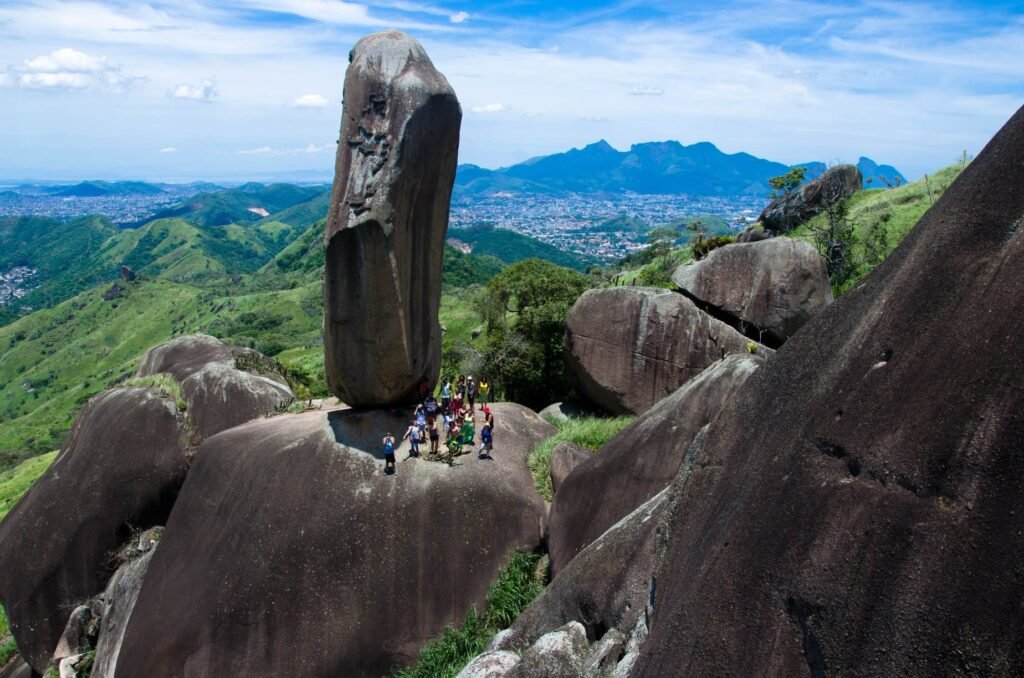
Pedra Branca Park, located in Rio de Janeiro, is the largest urban forest in the world, covering an area almost three times larger than the Tijuca Forest. The region is part of the beautiful Atlantic Forest.
22 – The most dangerous island in the world

Ilha da Queimada Grande, or Snake Island, located between Itanhaém and Peruíbe, 35 km off the coast of São Paulo, is famous for housing a large number of snakes, around 2 thousand, and is considered the largest natural serpentarium in the world.
23 – Ricardo Brennand Institute

Located in Recife, Pernambuco, the Ricardo Brennand Institute is a non-profit museum considered the best in Brazil. Its area occupies around 77 thousand m² of preserved Atlantic Forest, surrounded by gardens with water mirrors, marble sculptures and a French portal. The institute offers tours surrounded by imperial palm trees and the possibility of observing different species of animals, including exotic birds, swans, ducks, flamingos and geese.
24 – The largest longitudinal fall in the world
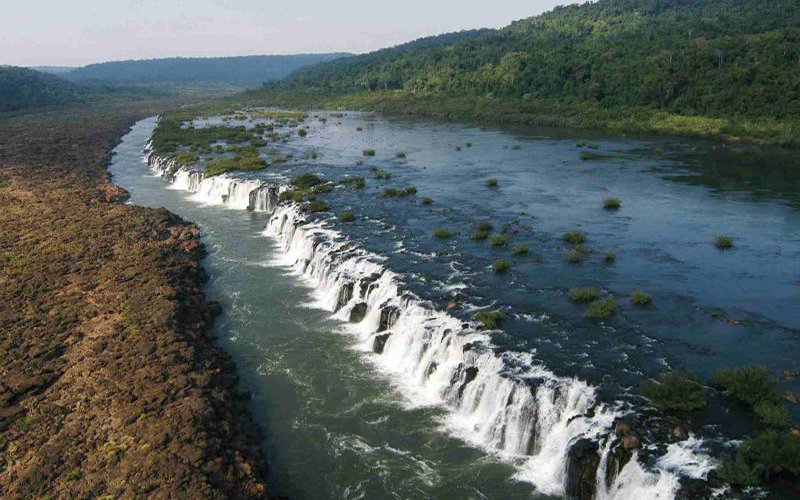
Turvo State Park is a large Atlantic Forest reserve with more than 17 thousand hectares, which serves as a refuge for several plants and animals at risk of extinction. Furthermore, the park is home to the Salto do Yucumã, which has the largest longitudinal drop in the world at 1,800 meters long.
25 – Iguazu Falls

The Iguaçu Falls is known worldwide for its set of 275 waterfalls that form a landscape of unique beauty in the middle of the Atlantic Forest. UNESCO Declared a World Natural Heritage Site by UNESCO, it is also one of the 7 Natural Wonders of the World.
26 – Único fiorde tropical do mundo

Saco do Mamanguá is a tropical fjord in the world, made up of large rocky valleys that are flooded by the sea. It is one of the main tourist attractions in Paraty and is approximately 8 kilometers long, culminating in the mangrove forest of Ilha Grande Bay.
27 – Importance of the Atlantic Forest
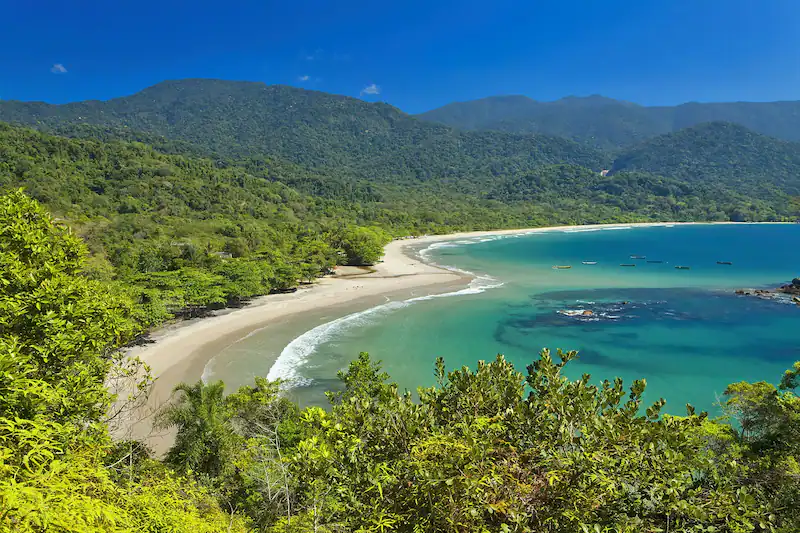
The Atlantic Forest is vital for providing natural resources, such as water and wood, as well as raw materials for medicines and food. It is an area of great biodiversity of species, many of them endemic, essential for maintaining ecological and environmental balance. Furthermore, it helps in climate regulation, with the formation of humidity and rainfall necessary for human activities, such as agriculture.
Conclusion
The Atlantic Forest is a Brazilian natural heritage of extreme importance for the preservation of biodiversity and ecological balance. Furthermore, it is a source of natural and environmental resources that contribute to the country’s human and economic development. However, there must be a continuous effort to preserve and conserve this forest, aiming at its sustainability, tourism and ensuring that future generations can enjoy its benefits.
The preservation of the Atlantic Forest is a commitment not only to nature, but to the quality of life of the population and the future of the planet.
Also, explore the curiosities of other biomes present in Brazil:
